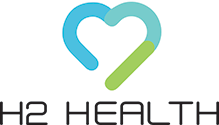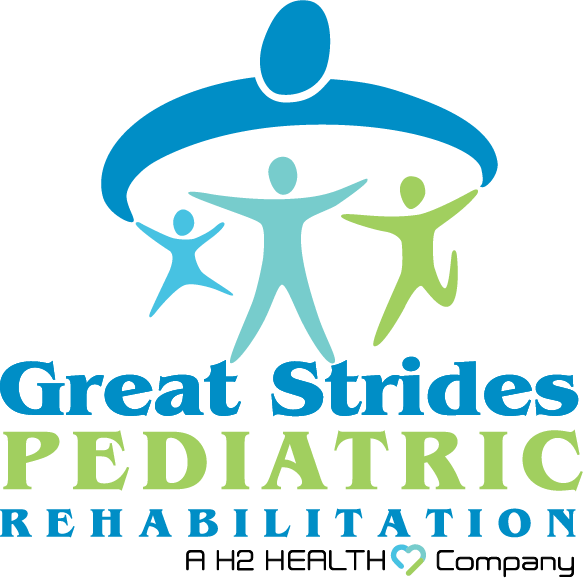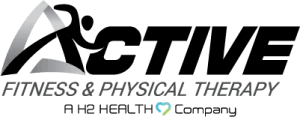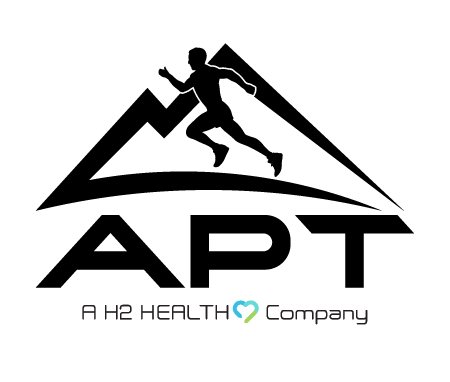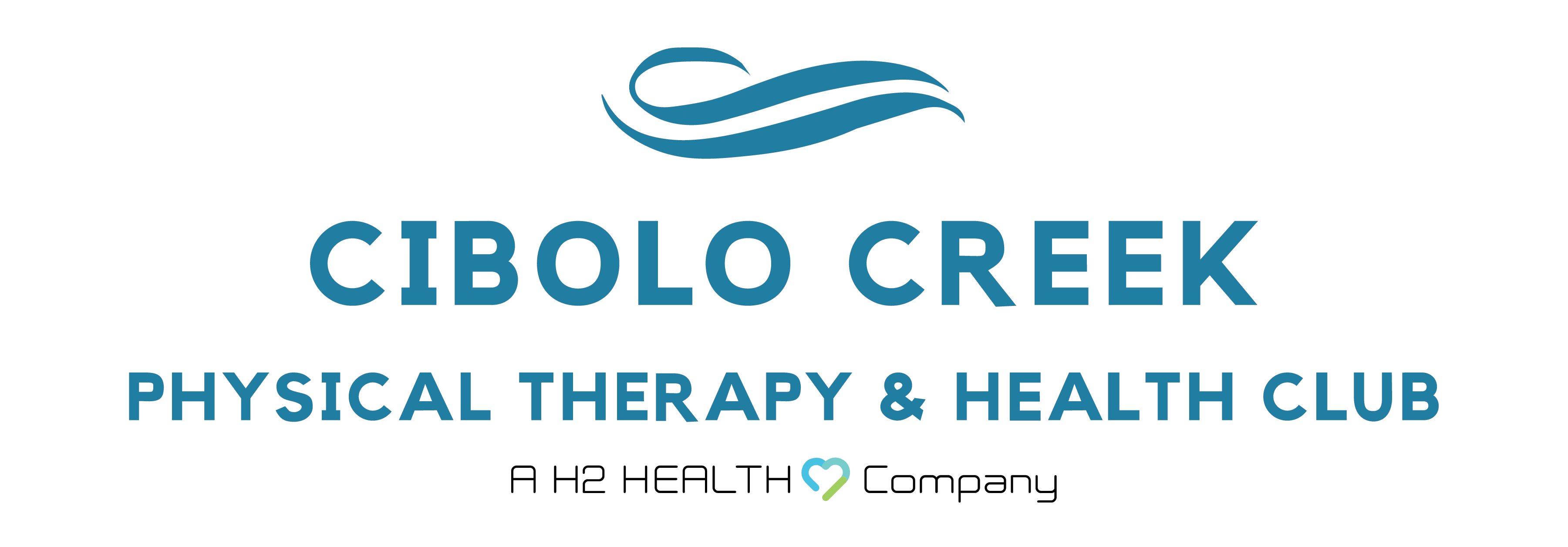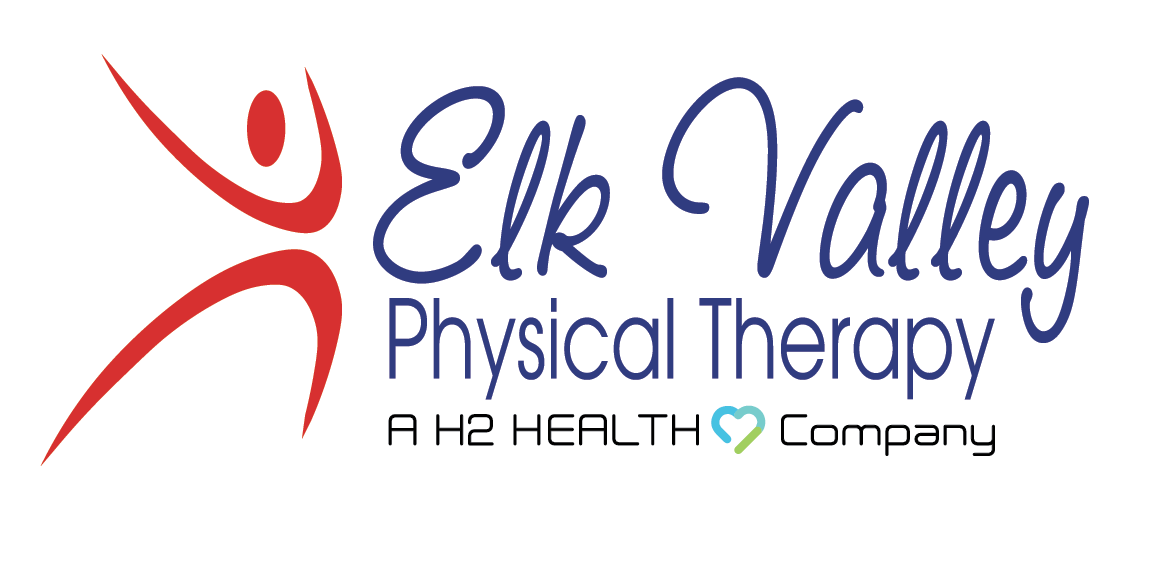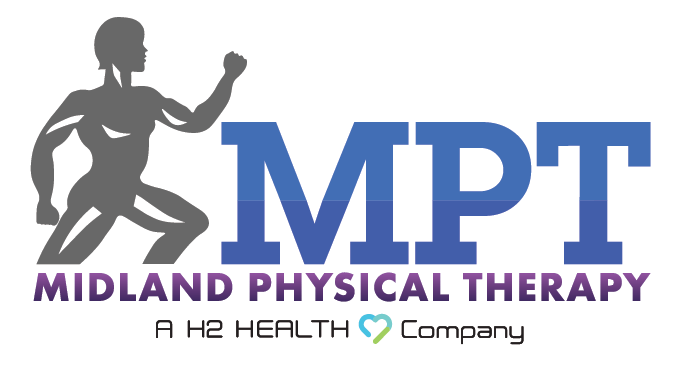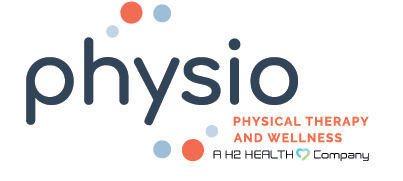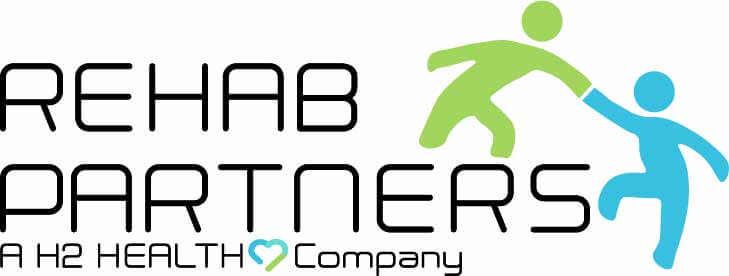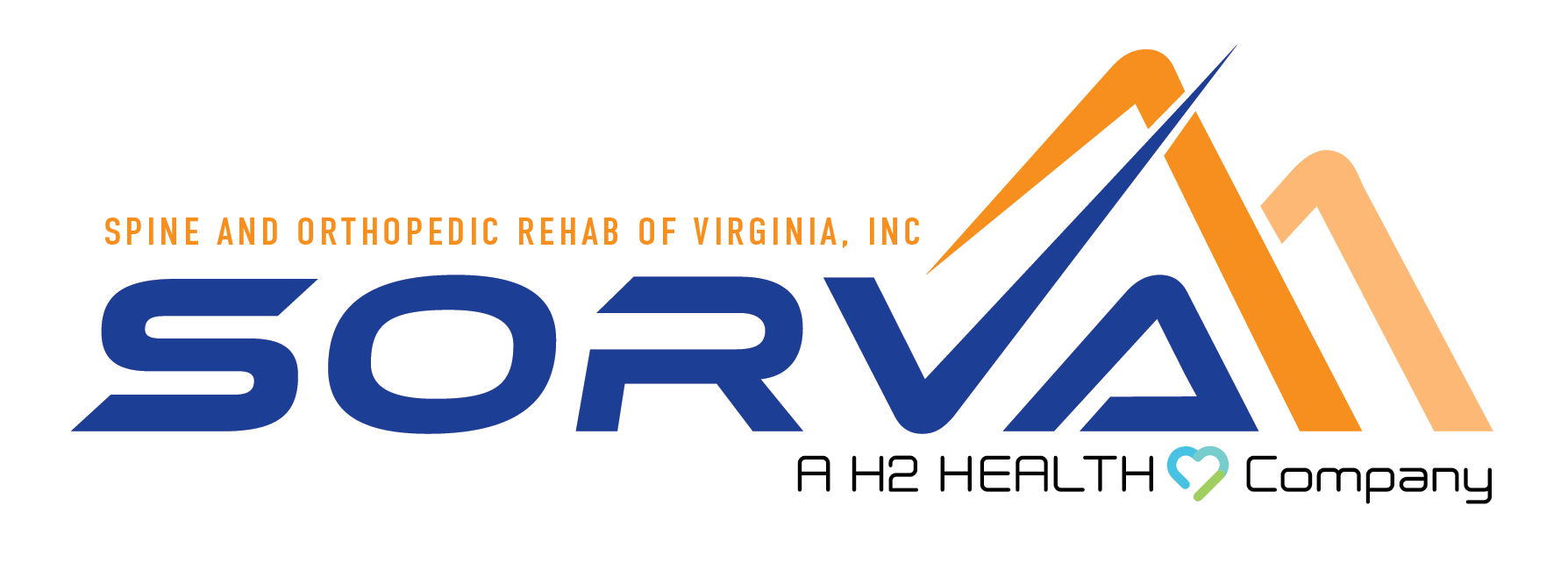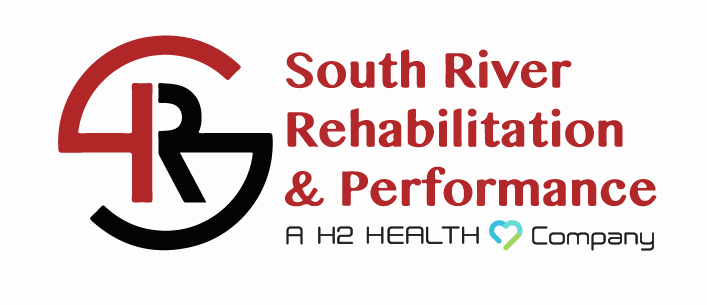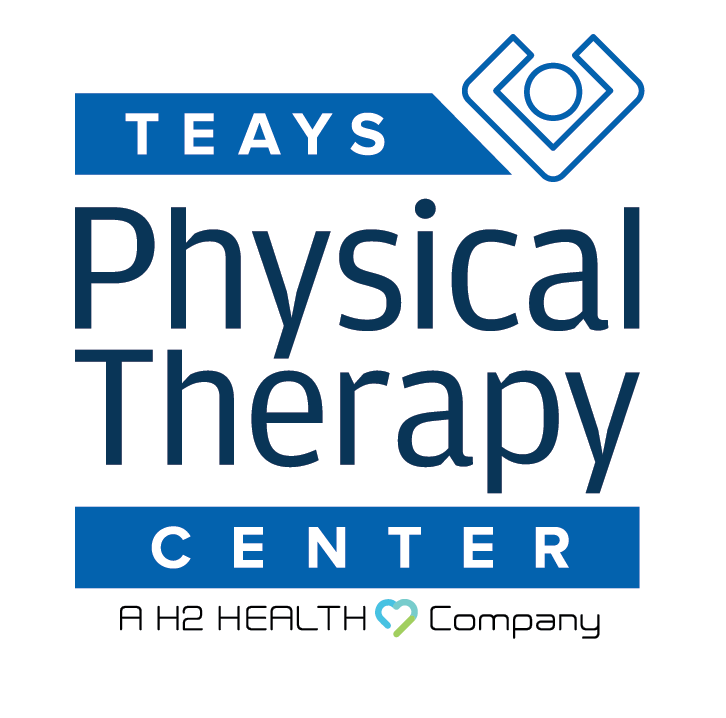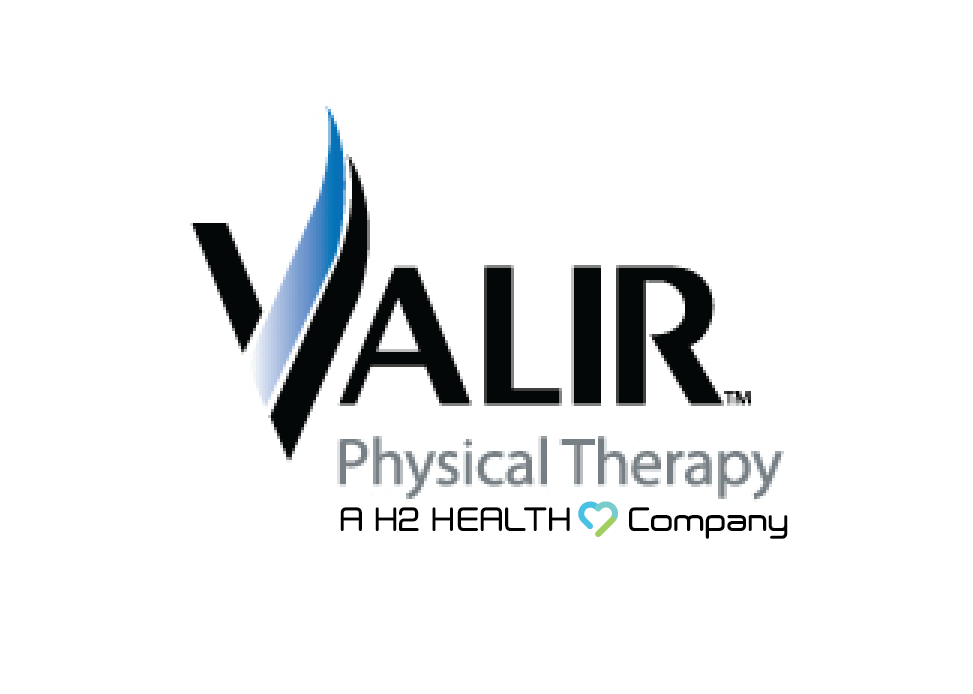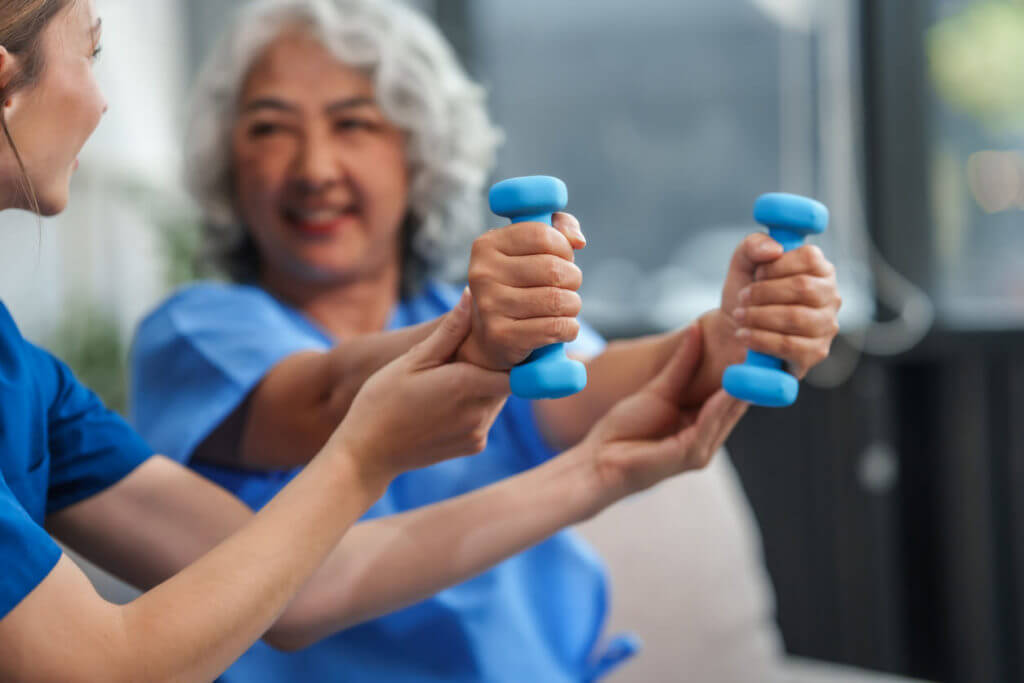
Recovering from a stroke is a very difficult journey. For stroke survivors, the path to healing can feel overwhelming and uncertain. The physical and emotional challenges are often great, but there is hope. Occupational therapy and physical therapy play an important role in recovery. These therapies help rebuild strength, improve movement, and restore daily activities. They also give patients the confidence to regain independence. This article will look at the benefits of occupational and physical therapies for stroke patients near you.
1. Restoring Mobility and Balance
After a stroke, many people struggle with moving around. Simple tasks like walking, climbing stairs, or standing up from a chair can be difficult.
Physical therapy helps stroke survivors regain strength and muscle control to make moving easier. Through targeted exercises, physical therapists work with patients to reduce stiffness or weakness in their muscles, making performing daily activities less difficult. They also help improve balance and address the fear of falling, a common issue many individuals face after a stroke.
For instance, therapists may use balance exercises like standing on one foot or walking in a straight line. These exercises help build core strength and teach the body how to move steadily again.
2. Improving Daily Functional Skills
Stroke survivors often have trouble with simple tasks like brushing their teeth or cooking a meal. Occupational therapy helps them relearn the small movements needed for these everyday activities. A therapist works closely with patients to help them regain skills needed for independence. For example, suppose someone has difficulty using their hands. The therapist may guide them through exercises to improve grip strength and control.
Over time, these small improvements can make daily life much easier and more comfortable. Sometimes, basic tasks can still feel too hard. When this happens, therapists may suggest using special tools or devices to help with movement. These tools can make activities less frustrating and much more manageable for stroke survivors.
3. Promoting Cognitive and Emotional Recovery
Recovering from a stroke is not just about improving the body. A stroke can also affect how the brain works. Many survivors face problems with memory, focus, or solving problems.
Both occupational and physical therapy can help with these challenges. Therapists create activities that help improve brain function. These activities strengthen memory and mental skills by helping the brain form new connections. Physical therapists use movements to connect the mind and body, helping the brain and muscles work together again.
Therapy also supports emotional recovery. Regular sessions give patients encouragement and consistency, which can help them feel more positive. By setting small, clear goals, survivors can see their progress and celebrate each step forward.
4. Alleviating Pain and Stiffness
After a stroke, many people experience pain or tight muscles, which can make recovery more challenging. Physical therapy can help reduce this pain and improve flexibility. They do so through techniques like stretching, massage, and guided movements. For example, therapists may use gentle exercises and manual therapy to move stiff joints. This can lessen discomfort and help restore natural movement. With regular therapy, patients can find it easier to move and may also experience less pain in the long term.
5. Regaining Independence
The main goal of therapy is to help stroke survivors live freely again. Independence can mean different things for each person, like returning to work or spending quality time with family. No matter the goal, these therapies focus on training for real-life tasks.
Physical therapy may include exercises that practice actions like sitting and standing from a chair to prepare survivors for everyday situations. Occupational therapy helps you relearn important skills, such as using kitchen tools. This way, you can feel more self-sufficient in daily life.
6. Fostering Community
Therapy can help stroke survivors reconnect with others and feel less alone. It often gives patients chances to meet other people who have had similar experiences, creating a supportive group where they can share and learn from each other. Being part of activities that matter to them helps survivors feel valued. It also reduces feelings of isolation, which is important for mental health.
7. Tailored, Goal-Oriented Treatment
Therapy is designed to meet the unique needs of each stroke survivor. Therapists assess your physical and mental condition to create realistic and achievable goals. These goals are adjusted regularly as you make progress in your outpatient physical therapy.
Having clear goals and a structured plan makes the recovery process easier to handle. It turns what might feel overwhelming into smaller steps that you can achieve one at a time. This helps, helping you stay motivated throughout your recovery.
Occupational and Physical Therapy for Stroke Patients in Clear Fork, TX
Life after a stroke can be challenging, but it is also a chance to find your inner strength. There are many benefits when it comes to occupational and physical therapy for stroke patients near you. They help you rebuild your life in valuable and meaningful ways. These therapists work to bring back your movement, abilities, and independence. They give you the tools to take control and move forward with confidence.
At Fort Worth Physical Therapy, we understand the unique challenges that stroke survivors face. That is why we offer tailored therapy programs designed to address your specific needs. With complimentary balance and injury screenings, we help you take the first step toward recovery. Call us today at (800) 699-9395 or request a consultation. Our caring team is committed to helping you live your best life, one step at a time.
We are ready to help you with occupational and physical therapy for stroke patients in Clear Fork, TX!
Sources:
https://my.clevelandclinic.org/health/diseases/5601-stroke
https://www.mayoclinic.org/diseases-conditions/stroke/diagnosis-treatment/drc-20350119
https://www.mayoclinic.org/diseases-conditions/stroke/in-depth/stroke-rehabilitation/art-20045172
